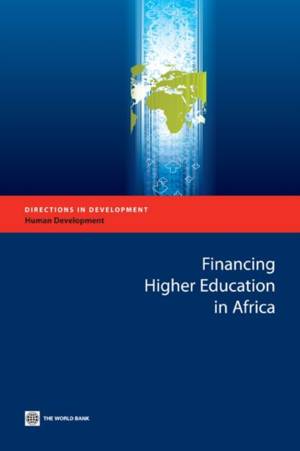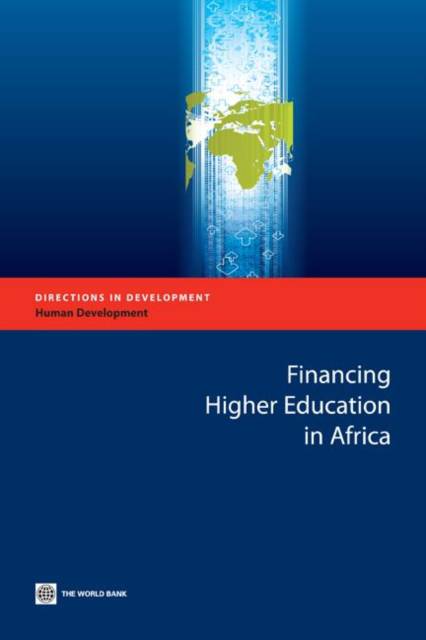
Bedankt voor het vertrouwen het afgelopen jaar! Om jou te bedanken bieden we GRATIS verzending (in België) aan op alles gedurende de hele maand januari.
- Afhalen na 1 uur in een winkel met voorraad
- Gratis thuislevering in België vanaf € 30
- Ruim aanbod met 7 miljoen producten
Bedankt voor het vertrouwen het afgelopen jaar! Om jou te bedanken bieden we GRATIS verzending (in België) aan op alles gedurende de hele maand januari.
- Afhalen na 1 uur in een winkel met voorraad
- Gratis thuislevering in België vanaf € 30
- Ruim aanbod met 7 miljoen producten
Zoeken
Omschrijving
The training and development of human capital in Sub-Saharan Africa (SSA) will help countries in the region diversify their economies, carry out economic transformation, and support sustainable growth. Higher education plays a key role in training qualified individuals who will be able to implement new technologies and use innovative methods to establish cost-efficient and effective enterprises and institutions. However, in order for SSA to reap the benefits of this investment in human capital, higher education institutions must secure financing to provide quality training and sound professional prospects to their students. Currently, tertiary education development is unsustainable--resources per student are declining and the quality of education is affected. These issues are particularly pressing in times of financial global crisis, when available resources for tertiary education tend to diminish. The impact of the crisis that started in 2008 provides a clear illustration of the need to explore innovative ways to diversify and secure financing for higher education in SSA. 'Financing Higher Education in Africa' provides a comprehensive overview of higher education financing in SSA. The book begins with an explanation of the fundamental problems faced by higher education institutions and students in SSA, namely the combined pressure of a rapid growth in demand and a growing scarcity of public resources, and it presents the dramatic consequences of these trends on quality. The book then turns to analyzing and comparing the current funding policies in SSA countries and it provides recommendations for improvement. Finally, the book examines the alternatives to the status quo and the policy tools needed to both diversify resources and allocate them based on performance. It will be of great interest to governments, universities, research institutions, and international organizations throughout the region.
Specificaties
Betrokkenen
- Auteur(s):
- Uitgeverij:
Inhoud
- Aantal bladzijden:
- 192
- Taal:
- Engels
- Reeks:
Eigenschappen
- Productcode (EAN):
- 9780821383346
- Verschijningsdatum:
- 21/04/2010
- Uitvoering:
- Paperback
- Formaat:
- Trade paperback (VS)
- Afmetingen:
- 152 mm x 229 mm
- Gewicht:
- 267 g

Alleen bij Standaard Boekhandel
+ 84 punten op je klantenkaart van Standaard Boekhandel
Beoordelingen
We publiceren alleen reviews die voldoen aan de voorwaarden voor reviews. Bekijk onze voorwaarden voor reviews.









